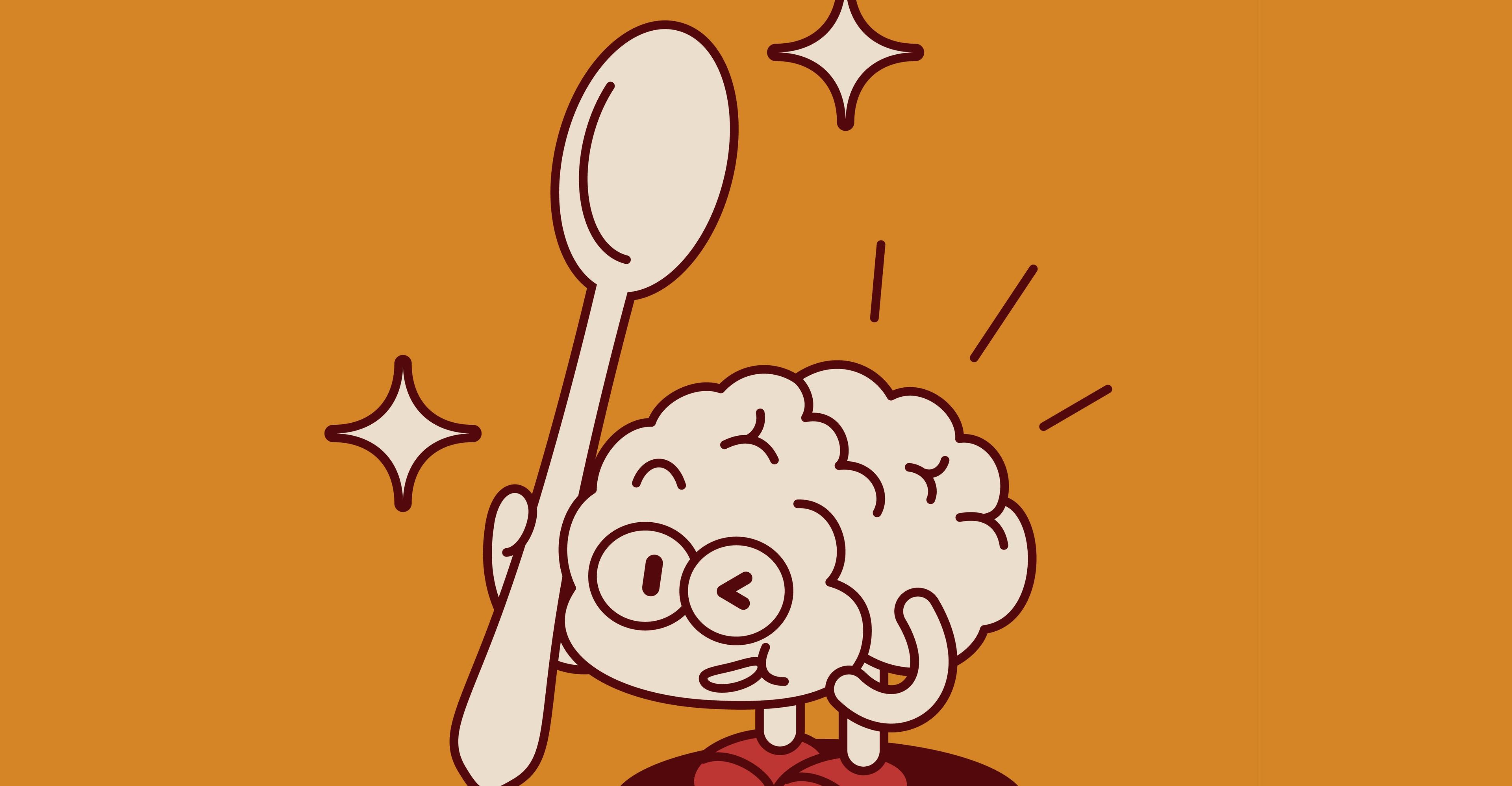The sexy subversions of A Court of Thorns and Roses.


As BookTok goes, so goes publishing. The community of TikTokers who make videos about their favorite books is one of the only forces actively driving book sales in a contracting market — and right now, BookTok has a new favorite genre. Romantasy, the hybrid genre of romance-focused fantasy novels, has never been hotter. Every second pitch I receive from a publisher describes itself as romantasy. Bookstores are pushing tables of romantasy novels to the front of the shop. Grown-ups and teenagers alike are posting long videos about their favorite romantasy books. Many of them highlight Sarah J. Maas, the genre’s reigning queen.
Maas has been publishing since 2012, when at 26 she published Throne of Glass, the fantasy novel she started working on as a 16-year-old. In 2013, she scored her first New York Times bestseller, and in 2015, she began to pick up adult fans with the wildly popular A Court of Thorns and Roses. Now, Maas has two YA and one adult romantasy series (Crescent City, the adult series, began in 2020). Between all those titles, she’s sold more than 38 million books worldwide. Her most recent book, House of Flame and Shadow, came out at the end of January and has been on the bestseller list ever since.
Of all Maas’s series, A Court of Thorns and Roses (ACOTAR) is her crown jewel. The TikTok tag #acotar has 8.9 billion views. Hulu has been developing a TV adaptation helmed by Ron Moore, although its current status is reportedly “murky.” Among fans, it is her most beloved work, the only Maas series so popular that it’s spawned its own spinoff novels. They say that ACOTAR has reignited their childhood love of reading, that these are the books that make other books feel worthwhile.
Reading through the first three volumes of ACOTAR recently, I began to understand why. These books go down like candy, silly and frothy and compulsively readable. Everyone in ACOTAR is beautiful, everyone is attractively damaged, everyone is pining with love for some inaccessible someone else. I read nearly 2,000 pages in a couple of weeks.
What is liveliest about Maas’s writing, though, is how well she knows her formula. Maas is a genius at cramming her books with the tropes of her hybrid genre — and then subverting those tropes just enough to thrill.
In his 2017 book Hit Makers, journalist Derek Thompson identifies a simple formula for popularity. Human beings, Thompson writes, tend to like things that are pleasingly familiar, with a gentle touch of surprise. That’s part of why romantasy is so popular. It takes two familiar trope-driven formulae — say, an enemies-to-lovers love story plus an epic battle between the forces of good and the forces of evil — and smashes them together to create something that feels new.
Identifying the pleasingly familiar and adding a surprise is something of a specialty for Maas. She likes to start her stories with classic fairy tales given a hint of a girl power twist. Throne of Glass is based on “Cinderella,” but Maas’s Cinderella is an assassin sent to kill the prince. A Court of Thorns and Roses is “Beauty and the Beast,” but Beauty is a deadly huntress.
Within the stories themselves, Maas’s worldbuilding is full of hat tips to her predecessors. In A Court of Thorn and Roses, the faerie land is called Prythian, a nod to Lloyd Alexander’s Chronicles of Prydain. In Prythian, faeries use a form of teleportation called “winnowing,” and their explanation of it will be familiar to anyone who loved Madeleine L’Engle’s A Wrinkle in Time. “Think of it as … two different points on a piece of cloth,” Maas writes (very much her ellipses). “Winnowing … it’s like folding that cloth so the two spots align.” If you’ve read the classics of YA fantasy before, you’ll recognize the sampling and remixing she is doing here.
Part of the pleasure of reading Maas is seeing these familiar YA fantasy references lie cheek by jowl with the tropes of romance novels. In A Court of Mist and Fury, the second volume of the series, two lovers who have not yet admitted their feelings for each other find themselves forced by cruel circumstance to fake date. Later, they end up at an inn with only one bed to spare, not once but twice. Across ACOTAR, Maas’s protagonist, Feyre, is torn between two boys. One is blond and sunny; one is dark-haired and brooding; both are impossibly beautiful, rich, and powerful; both begin as Feyre’s enemies.
Romance and fantasy also have their darker tropes, and Maas plays with these as well. Lots of books feature villainous sexual predators, but when such figures appear in ACOTAR, they are almost exclusively women. It’s an interestingly consistent move from Maas — one she appears to keep coming back to across her books because it feels counterintuitive while at the same time allowing her readers the satisfaction of a purely evil villainess to hate. It’s also a good excuse to give her male characters extra layers of sadness and vulnerability. Maas is not interested in dissecting all the ways sexual trauma can hurt a person, but she is interested in giving her romantic leads dark and violent backstories.
Maas’s biggest subversion, though, is also her most exciting. At the end of A Court of Thorns and Roses, she pulls out the rug from under her own love triangle, and the results are glee-inducing to read. Spoilers follow.
If the first volume of ACOTAR is a Beauty and the Beast story, then the Beast is Tamlin, the mercurial faerie lord who first pulls Feyre into Prythian. Tamlin, the High Lord of Spring, is angry and possessive in the way that tends to read as attractive in romance novels, especially romance novels based on this fairy tale. Tamlin has the ability to turn into a wolflike creature, and when he’s angry, he growls and claws shoot out of his fingers. When Feyre gets angry, he uses magic to restrain her.
None of Tamlin’s sins here are too far off the Edward Cullen norm, and with the first three-quarters of Thorns and Roses following the beats of a standard Beauty and the Beast love story so clearly, it’s easy to feel as though Maas is steering you toward thinking of Tamlin’s anger problem as romantic.
Feyre, who is recovering from a childhood of poverty and emotional neglect, falls rapidly for Tamlin, despite her initial hatred of all faeries. He showers her with fine food and clothes, gives her art supplies so that she can pursue her passion for painting. He is the first person Feyre has ever encountered who treats her as someone special and beautiful. His uncontrollable rage at the thought of her being in danger or with another man seems to her like yet more proof that she is special and beautiful. She is smitten. When the book ends with the pair kissing in a meadow full of wildflowers, it feels like just what you would expect.
Yet something bizarre happens about a hundred pages before that ending. Tamlin is kidnapped by a wicked faerie, and Feyre has to go on a quest to rescue him. That quest is normal for this story type — Beauty traditionally rescues the Beast, and Tamlin’s name is a nod to the Scottish ballad of Tam Lin, in which a mortal girl rescues her lover from a wicked fairy queen. Done right, such a quest reads as incredibly romantic, a chance for the lovers to prove the strength of their connection against insurmountable odds. What’s so odd about this particular case is that instead, as soon as the quest begins, Tamlin becomes a nonentity within the story.
Feyre’s thoughts of Tamlin and how much she loves him become generic, vague on the details. Even when he is present on the page, he is passive, unemotive, no longer compelling. All the energy and the juice of the story has transferred itself over to a new romantic lead — Rhysand, the enigmatic and brooding High Lord of Night. In Thorns and Roses, Rhysand is ambiguously villainous, apparently allied with the wicked queen. Still, for purposes of his own, he’s willing to form an alliance with Feyre to help her rescue Tamlin.
In the page time that earlier in the novel would have been accorded to Tamlin, Feyre thinks a lot about how much she hates Rhysand, and also how attractive he is. It doesn’t take a genius to see that Feyre is going to hook up with Rhys eventually, but the structure of the tropes here tells us that Tamlin is obviously Feyre’s endgame. He’s the Beast and she’s the Beauty! They end the book kissing in a meadow! Who’s going to mess with that?
Maas messes with it. With a merciless speed that I can only compare to Gilmore Girls making Dean illiterate as soon as Jess shows up, Maas reveals in the opening of A Court of Mist and Fury that Tamlin is a faerie Republican, ruling his court according to the laws of trickle-down magic economics and sparing no handouts for the poor. Feyre, with her background of childhood poverty, is outraged — and as Tamlin’s possessive rages become more and more violent, she loses patience with him. Before the end of the book, she has cast Tamlin aside and declared her love for Rhysand, who is revealed to be the most benevolent of all the High Lords of Prythian and who places a premium on Feyre’s independence to boot.
This kind of love interest switcheroo is common in the world of teen TV, where characters change partners according to the fickle winds of cast chemistry and writing staff changes. In YA books, however, love stories tend to be more aesthetically unified than they are on TV. You can usually tell who will end up with whom from early on in the narrative, and the satisfaction of reading comes from seeing how they’ll end up together. Watching a swap like this one emerge out of nowhere is a perfect execution of Thompson’s Hit Makers formula: a pleasingly familiar romance trope subverted when you least expect it; the love story structure of one medium ported over into another.
It’s popular among Maas’s fans to say that the switch is a politically evolved take on the problems of the Beauty and the Beast story. The Beast’s anger issues and violent tendencies, his decision to find a girlfriend by kidnapping her — these are revealed as red flags for an abusive relationship instead of romantic quirks. Feyre finds true love not with him but with someone who tells her constantly that she is always free to make her own choices.
I’m not sure, though, that the switch works as an effective political critique on Maas’s source material. Rhys, like Tamlin, initiates his relationship with Feyre by coercing her into a magical bargain that forces her to promise to come to his home. Like Tamlin, Rhys mistreats Feyre only to later reveal he was forced to do so by circumstances beyond his control. He withholds crucial information from her, and although he lets her make her own choices, he forces her to do so within artificially limited circumstances.
The switch is incredibly fun to read, yet it doesn’t criticize problematic old romance tropes so much as slightly tweak their angles. But then, if those romance tropes weren’t so satisfying to read, problematic or not, Maas wouldn’t have used them to begin with.

Mayor emphasises importance of waste-to-energy projects for Karachi
- 15 hours ago
Browns LB Bush found not guilty in assault trial
- 21 hours ago

Trump is recruiting Big Tech workers for the government
- 9 hours ago

The PS5, PlayStation Portal, and Sony’s DualSense are still on sale for a limited time
- 9 hours ago

LG enters the RGB LED fray in 2026 with the Micro RGB evo TV
- 9 hours ago

The mass shooting on Australia’s Bondi Beach, briefly explained
- 7 hours ago

Who is Picea Robotics, Roomba’s new owner?
- 9 hours ago

The unexpected link between your diet and your anxiety
- 7 hours ago

The looming showdown over IVF, explained
- 7 hours ago

Bungie’s delayed shooter Marathon launches in March
- 9 hours ago
25% Decline in foreign investment in Pakistan:State bank report
- 17 hours ago

We’re passing a dangerous global warming threshold — but we’re not doomed
- 7 hours ago






